Modern Muse, Vintage Soul: Decorating Your Dream Craft Room
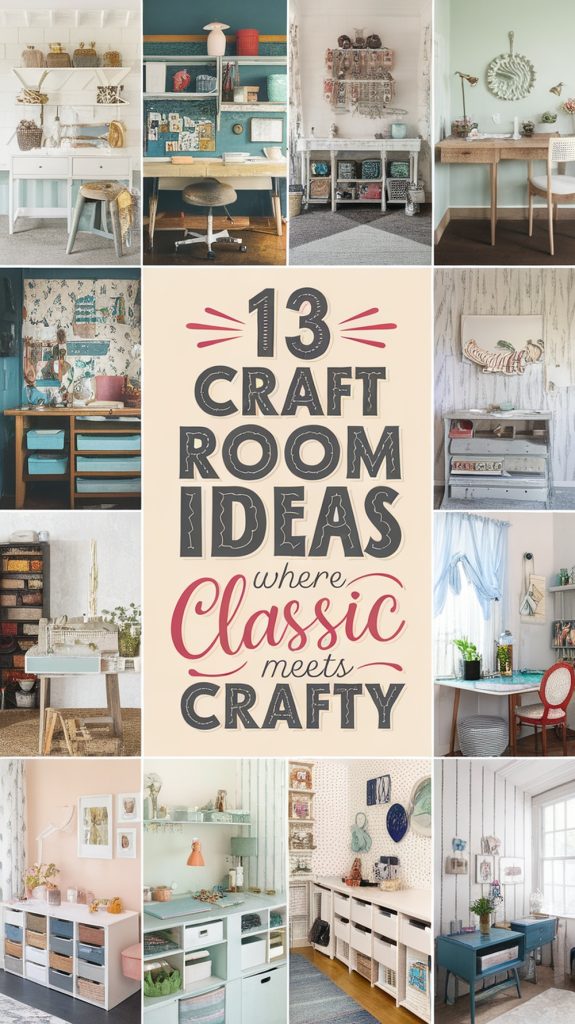
Modern Muse, Vintage Soul: Decorating Your Dream Craft Room
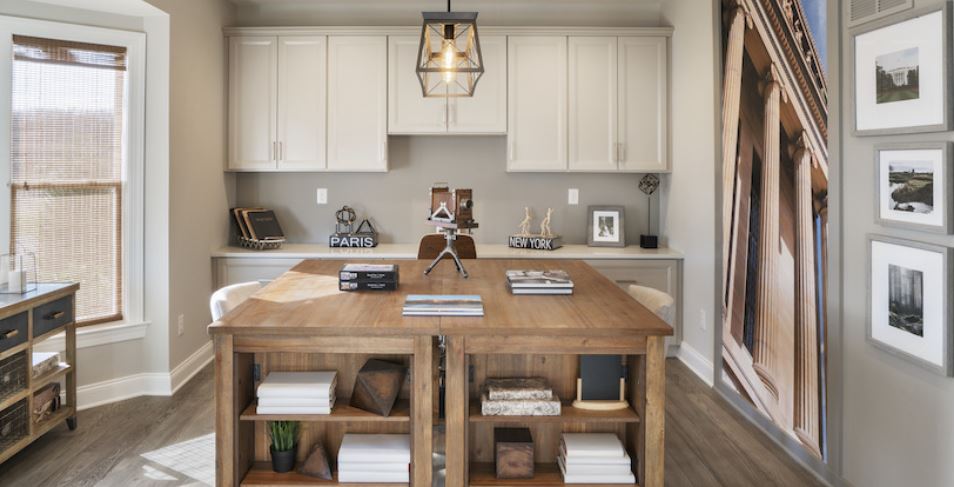
Your craft room isn’t just four walls and a ceiling – it’s the backdrop to your creative journey, the nest where your wildest ideas take flight. Whether you’re an occasional hobbyist or a dedicated maker, this space deserves more than an afterthought. It deserves your touch, your story.
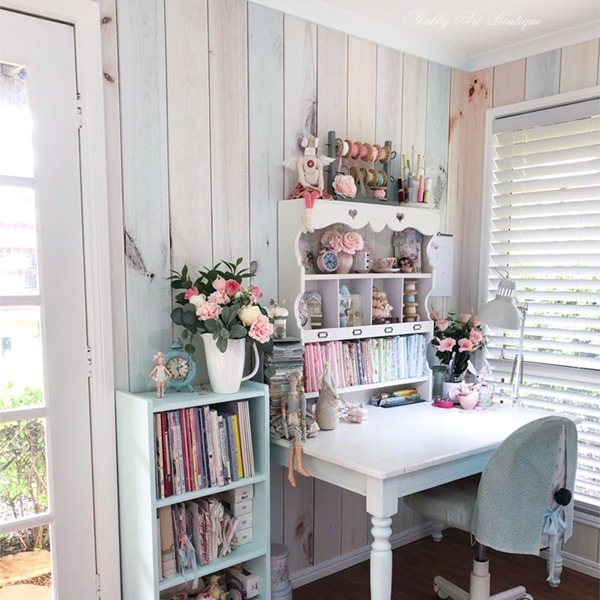
We recently visited a friend’s newly renovated craft space and found myself lingering long after our coffee went cold. What struck us wasn’t just the clever storage or perfect lighting (though both were enviable). It was how the room felt simultaneously timeless and fresh – a perfect marriage of old-world charm and contemporary cool.
“I couldn’t choose between traditional and modern,” she laughed, arranging spools of ribbon in a vintage apothecary cabinet. “So I stopped trying.”
Her revelation sparked this exploration of craft room styles and how blending them might just give you the perfect creative sanctuary.
The Timeless Appeal of Traditional
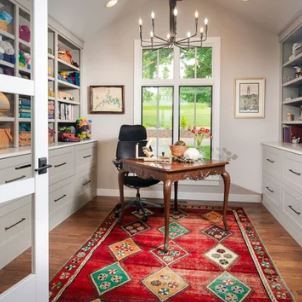
There’s something undeniably comforting about a traditionally styled craft room. Like a warm hug from your creative ancestors, these spaces whisper stories of craftsmanship across generations.
The cornerstone is rich, substantial furniture – think cherry wood desks with elegant turned legs or oak cabinets that have witnessed decades of creative endeavors. These pieces ground your space in history and lend a sense of permanence to your creative pursuits.
Traditional craft rooms thrive on texture and detail. Picture intricate floral curtains filtering golden afternoon light, or a worn Persian rug anchoring your workspace with deep blues and burgundies. Every corner invites touch – carved drawer pulls, velvet pincushions, and brass lamp bases worn to a gentle patina.
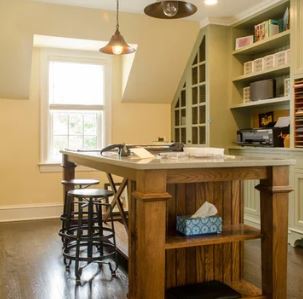
Lighting in these spaces tends toward the warm and ambient – table lamps with pleated shades casting pools of honeyed light, or perhaps a small crystal chandelier adding unexpected elegance. The effect is cocoon-like – a retreat from harsh reality into something more gentle and considered.
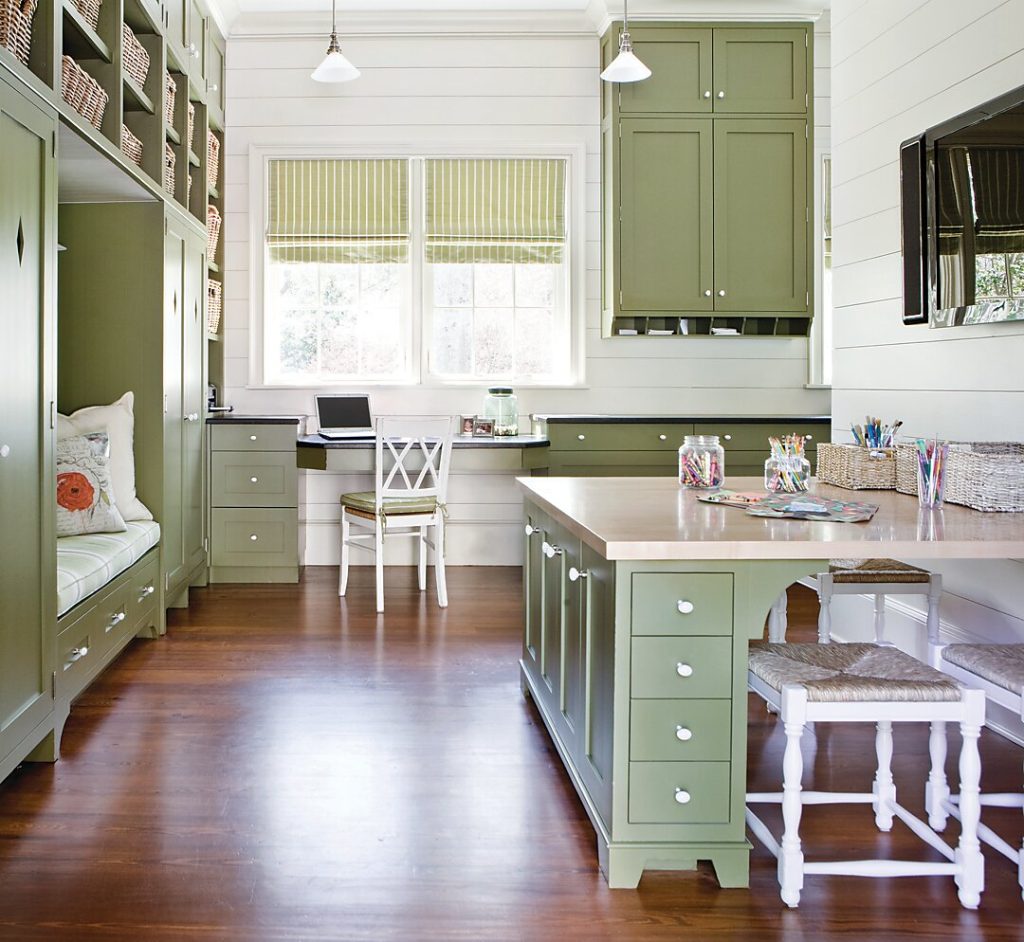
Color palettes here are rich but muted – forest greens, navy blues, and dusty roses that feel plucked from a Victorian garden. These hues create perfect backdrops for displaying collections – vintage scissors, antique bobbins, or heirloom needlework that connects your crafting to a broader creative lineage.
The Clean Energy of Modern
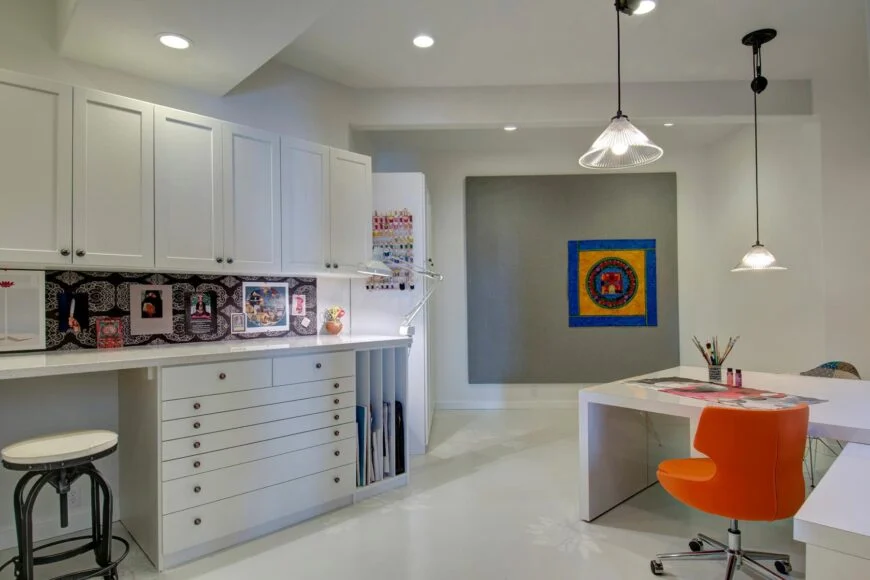
At the other end of the spectrum lies modern craft room design – all clean lines, open space, and purposeful simplicity. These rooms breathe possibility, with nothing to distract from the creative process itself.
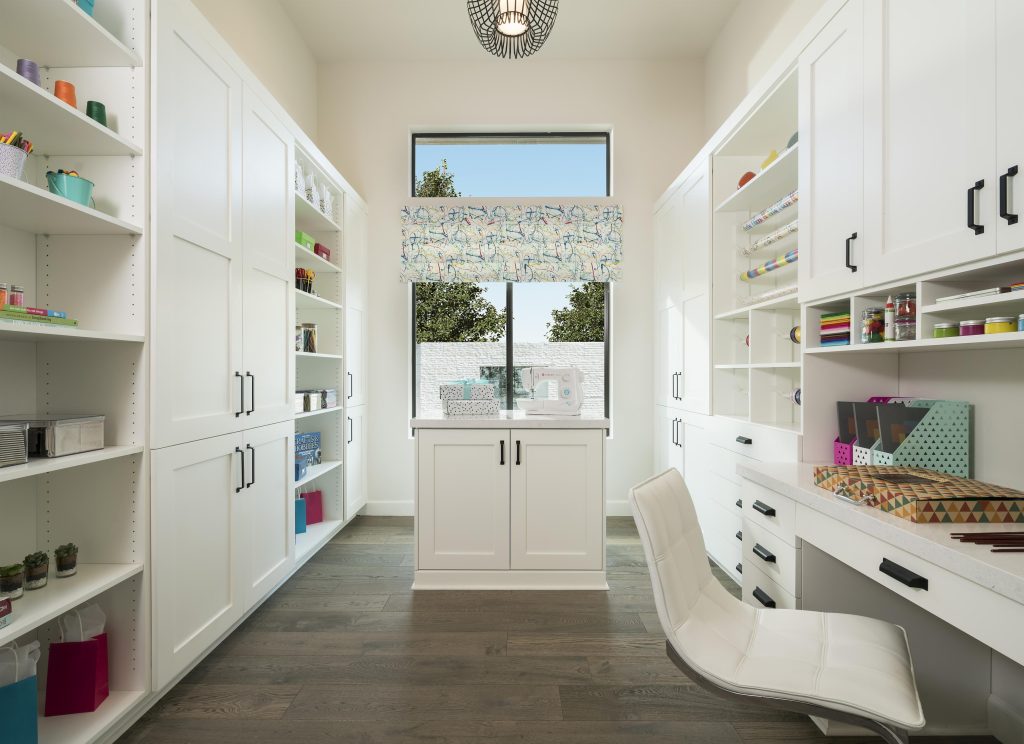
The furniture favors function without fuss – adjustable-height desks with sleek metal frames, ergonomic chairs, and modular storage systems that adapt to your evolving needs. Everything has its place, and that place is often visible – clear acrylic containers, labeled bins, and wall-mounted organizers that turn supplies into art installations.
Light fixtures are statement pieces – articulating task lamps in matte black or brushed gold, or perhaps pendant lights with geometric shades hanging at precise heights over work surfaces. Natural light is celebrated and maximized with minimal window treatments.
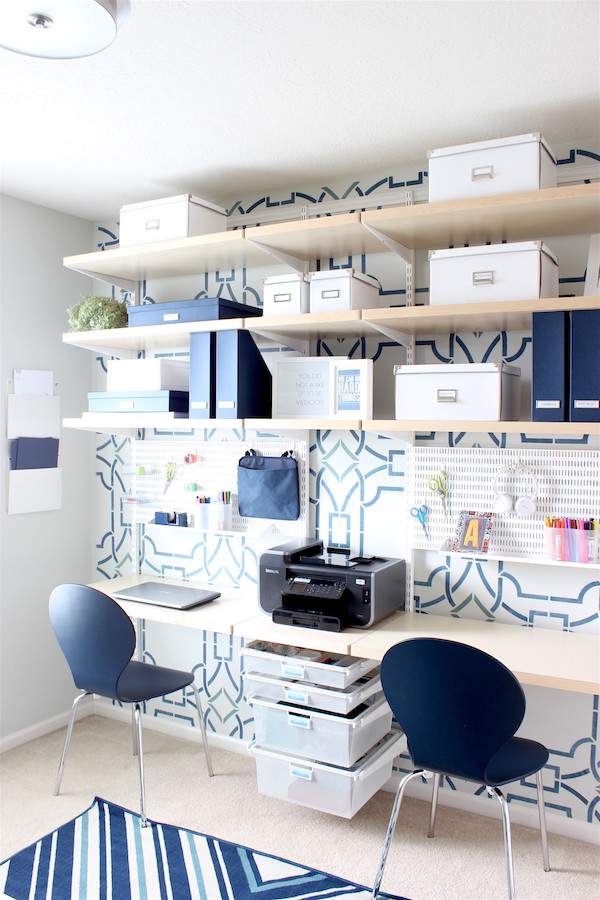
The color story here is deliberately restrained – whites, grays, and blacks create a gallery-like backdrop where your materials and finished projects provide the color. Perhaps a single accent wall in a saturated hue adds energy without overwhelming the clean aesthetic.
Technology integrates seamlessly – charging stations disguised within drawers, Bluetooth speakers for podcast accompaniment, and smart lighting that adjusts with your needs. Everything serves the creative process without demanding attention.
Finding Your Perfect Blend
Here’s where magic happens – in the thoughtful fusion of these seemingly opposite approaches. The most inspiring craft rooms I’ve seen embrace contradiction, pairing vintage charm with modern efficiency in ways that feel organic rather than calculated.
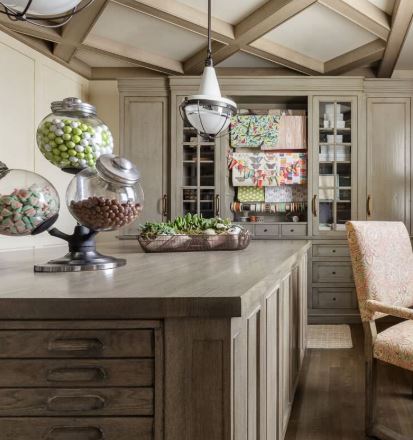
Consider anchoring your space with a substantial traditional desk but surrounding it with sleek, modern storage. Or reverse the equation: place a minimalist work surface atop an intricately carved base. These unexpected pairings create visual interest while satisfying both your practical needs and aesthetic cravings.
Lighting offers another brilliant opportunity for blend. A streamlined modern floor lamp might stand beside a traditional desk, while vintage-inspired Edison bulbs hang in modern geometric fixtures overhead. This layered approach ensures perfect illumination for detail work while maintaining atmosphere.
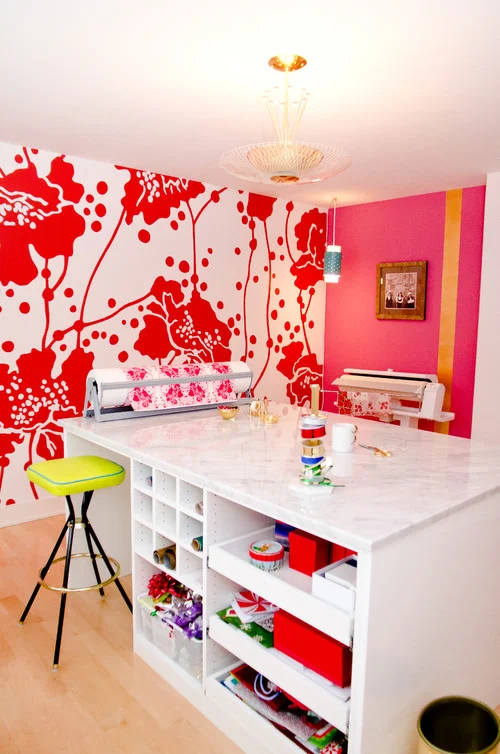
Color becomes your playground for experimentation. Perhaps your walls and major furniture pieces embrace modern simplicity in whites and grays, while traditional patterns appear in rotating seasonal textiles – cushions, curtains, or table runners that refresh your space without major commitment.
Making It Uniquely Yours
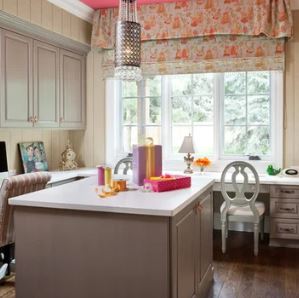
The most compelling craft rooms bear unmistakable signatures of their creators. Our friend’s space featured vintage fabric used for window coverings. Another crafting buddy displays her grandmother’s hand-tatted doilies in sleek floating frames against a charcoal wall.
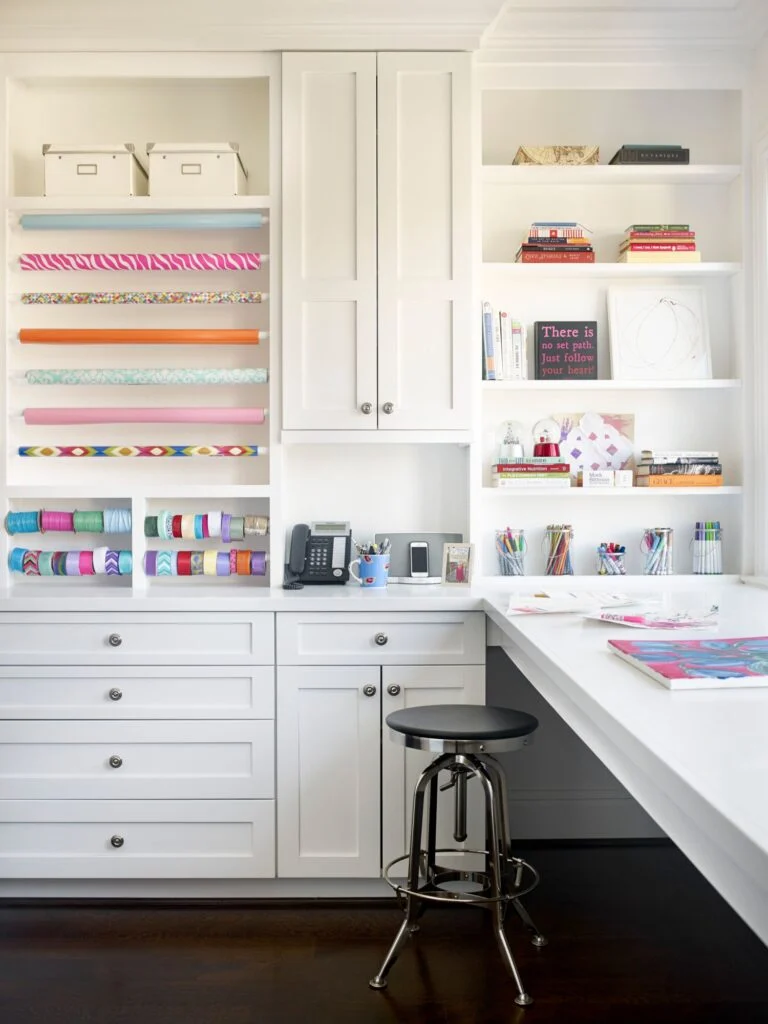
These personal touches elevate a room from merely functional to profoundly inspiring. Consider what objects tell your creative story – first sewing projects, inherited tools, your kids’ own art projects, or materials collected during travels. Give these meaningful items prominence, regardless of their “style category.”
Remember that your craft room should evolve as you do. Leave breathing room on shelves, wall space for future inspiration, and permission to rearrange as projects and passions shift. The most successful spaces grow organically rather than arriving fully formed.
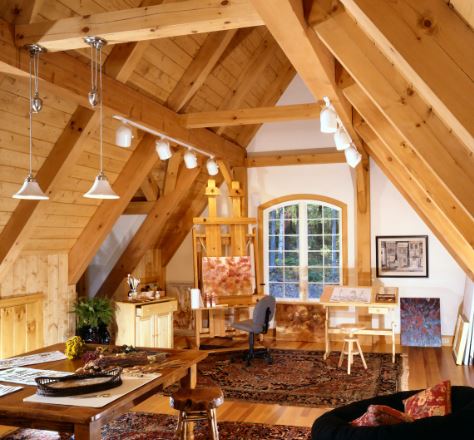
Whether you lean traditional, embrace modern, or dance between the two, your craft room should ultimately feel like the most authentic version of your creative self – a place where past and future connect through the work of your hands today.
